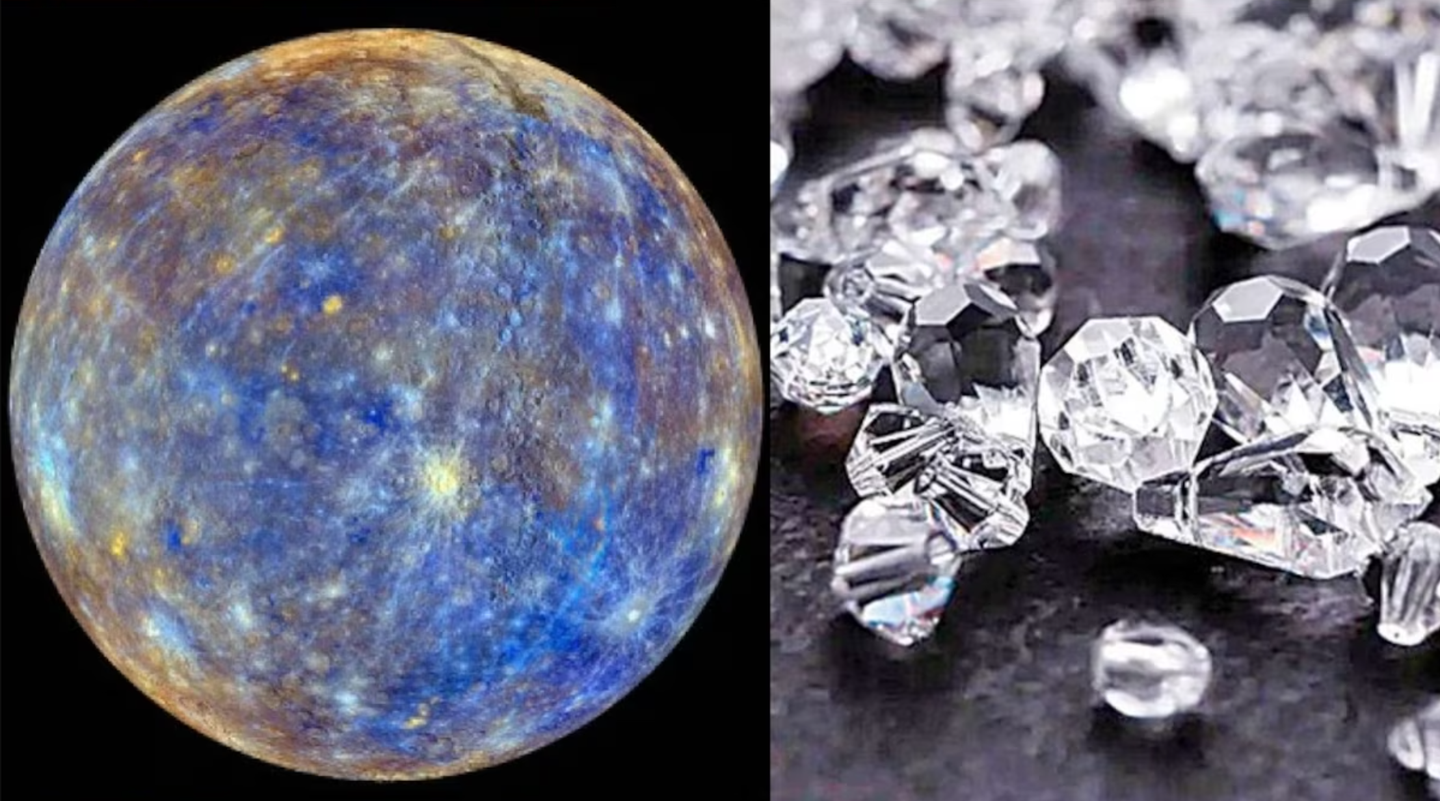Breakthrough rotator cuff treatment regenerates shoulder and protects from repeat injury
Advances in surgery have made ever better rotator cuff repairs possible. But failure rates with surgery can be high.

[Sept 17, 2022: Kim Krieger, University of Connecticut]
Advances in surgery have made ever better rotator cuff repairs possible. But failure rates with surgery can be high. (CREDIT: Creative Commons
Tears of the major tendons in the shoulder joint, commonly called the rotator cuff, are common injuries in adults. Advances in surgery have made ever better rotator cuff repairs possible. But failure rates with surgery can be high.
Massive rotator cuff tears (MRCTs) of the shoulder cause disability and pain among the adult population. In chronic injuries, the tendon retraction and subsequently the loss of mechanical load lead to muscle atrophy, fat accumulation, and fibrosis formation over time.
The intrinsic repair mechanism of muscle and the successful repair of the torn tendon cannot reverse the muscle degeneration following MRCTs.
Now, a team of researchers from the UConn School of Medicine led by surgeon, engineer and scientist Dr. Cato T. Laurencin reports that a graphene/polymer matrix embedded into shoulder muscle can prevent re-tear injuries.
Related Stories
“Most repairs focus on the tendon,” and how to reattach it to the bone most effectively," Laurencin says. But the real problem is that the muscle degenerates and accumulates fat.
With a tear, the muscle shrinks, and the body grows fat in that area instead. When the tendon and muscle are finally reattached surgically to the shoulder bone, the weakened muscle can’t handle normal stresses and the area can be re-injured again.
Dr. Laurencin along with graduate student Nikoo Shemshaki worked with other UConn Connecticut Convergence Institute researchers to develop a polymer mesh infused with nanoplatelets of graphene.
A rotator cuff tear occurs when the tendons – the fibrous connective tissues that link muscles to bones in the shoulder area are stretched further away from the upper arm bone i.e. humerus, in turn triggering muscle strain,pain and discomfort. This happens because the shoulder is essentially a ball and socket joint that requires the muscles, bones and tendons to remain within the region of motion. There are two types of rotator cuff tears – partial and complete. In a partial tear, the tendon is torn away only to some extent and a fragment of tissue still remains affixed to the upper arm bone. A complete tear happens when the tendon detaches entirely from the humerus. (CREDIT: Creative Commons)
When they used it to repair the shoulders of rats who had chronic rotator cuff tears with muscle atrophy, the muscle grew back. When they tried growing muscle on the mesh in a petri dish in the lab, they found the material seemed to encourage the growth of myotubes, precursors of muscle, and discourage the formation of fat.
“This is really a potential breakthrough treatment for tears of the rotator cuff. It addresses the real problem: muscle degeneration and fat accumulation,” Laurencin says.
Dr. Cato T. Laurencin from the UConn School of Medicine
The next step in their work is studying the matrix in a large animal. The team looks forward to developing the technology in humans.
This work was funded by NIH National Institute of Arthritis and Musculoskeletal and Skin Diseases Grant No. DP1AR068147 and National Science Foundation Emerging Frontiers in Research and Innovation Grant No. 1332329.
Note: Materials provided above by University of Connecticut. Content may be edited for style and length.
Like these kind of feel good stories? Get the Brighter Side of News' newsletter.



